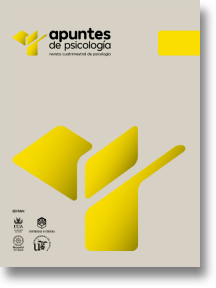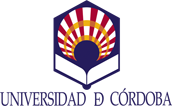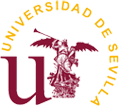Guided imaginary in the rehabilitation of sports injuries: a review
DOI:
https://doi.org/10.55414/ap.v41i1.1528Keywords:
Sport injury, Psychological program, Rehabilitation, Guided imaginaryAbstract
Guided imaginary has been used in psychological intervention programs for the rehabilitation of injured athletes, since different studies associate it with an improvement in psychological coping and a reduction in anxiety due to the fear of being injured again. Therefore, the objective is to review the publications that use guided imaginary in the rehabilitation of injured athletes and determine its effectiveness. A systematic search was carried out following the PRISMA guide, in the Web of Science, using as keywords: sport injury*, psycho* and rehabilitation. The inclusion criteria were to be empirical and the application of guided imaginary in the rehabilitation of sports injury. 394 articles were acquired, which were reduced to 5. The results show that 4 works carried out guided imaginary together with other psychological techniques. Ad hoc evaluation instruments were used for the most part. Guided imaginary was shown to be affective in 4 of the 5 studies, achieving the desired effects. The most studied psychological variables were pain, adherence to rehabilitation, self-efficacy, motivation and anxiety. It follows that guided imaginary has been useful in the rehabilitation of sports injuries as part of a comprehensive treatment program for the injured athlete.
Downloads
References
.
Downloads
Published
Issue
Section
License
Copyright (c) 2022 APUNTES DE PSICOLOGÍA

This work is licensed under a Creative Commons Attribution-NonCommercial-NoDerivatives 4.0 International License.


















